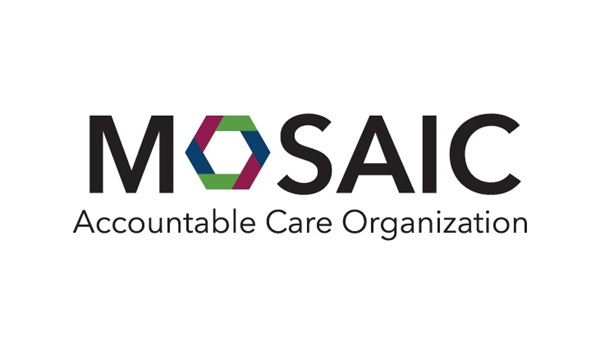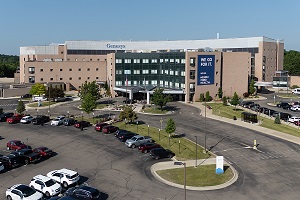Procedure Improves Quality of Life for Patients with Emphysema, COPD
The long-term affects of smoking finally caught up with Patricia Cooney of Trenton. Routine matters like walking up and down stairs or pushing the vacuum cleaner zapped her energy and left her gasping for air.
Cooney was afflicted with chronic obstructive pulmonary disease (COPD), a common end-stage lung disease. It is the fourth-leading cause of death in the United States.
But after undergoing lung volume reduction surgery at Henry Ford Hospital, Cooney’s lung function improved dramatically. She’s breathing better for the first time in 10 years.
“I feel like I have a whole new life,” says the grandmother of 10. “It’s given me a gift – the biggest gift that I can remember.”
Henry Ford is the only hospital in metro Detroit performing lung volume reduction surgery, and one of only two hospitals that perform it in Michigan.
The surgery is for patients suffering from severe emphysema and COPD, which are caused primarily by smoking. Over time the lung tissue loses its elasticity and collapses when a person exhales, trapping air in the lungs. The trapped air keeps fresh air and oxygen from entering the lungs, impeding breathing.
“People with severe emphysema or COPD have only two treatments for prolonging their life – supplemental oxygen or lung volume reduction surgery,” says Kevin Chan, M.D., a Henry Ford pulmonologist. “This surgery has shown to improve patients’ quality of life and life span.”
The surgery involves removing damaged lung tissue – about 20-30 percent – to allow the remaining lung and breathing muscles to work more efficiently and improve breathing. Many patients who were oxygen dependent no longer require oxygen after surgery.
Recent studies published in the Journal of Thoracic and Cardiovascular Surgery and New England Journal of Medicine concluded that lung volume reduction surgery improved patients’ breathing and enhanced their quality of life.
Eligible patients are typically older than 65, stopped smoking at least six months prior to evaluation for surgery, are on supplemental oxygen, and engage in limited exercise.
Before surgery patients participate in four weeks of a supervised pulmonary exercise program to determine their eligibility for surgery. The program teaches breathing techniques and exercises to strengthen breathing muscles and increase endurance. Patients also undergo four weeks of pulmonary rehabilitation after surgery as part of their reconditioning and treatment plan.
“Pulmonary rehabilitation is an important component of this treatment option,” Dr. Chan says. “A patient’s ability to exercise and perform normal activities usually improves with rehabilitation after surgery, so we want our patients to make it a permanent part of their daily routine.”
.svg?iar=0&hash=F6049510E33E4E6D8196C26CCC0A64A4)

/hfh-logo-main--white.svg?iar=0&hash=ED491CBFADFB7670FAE94559C98D7798)







